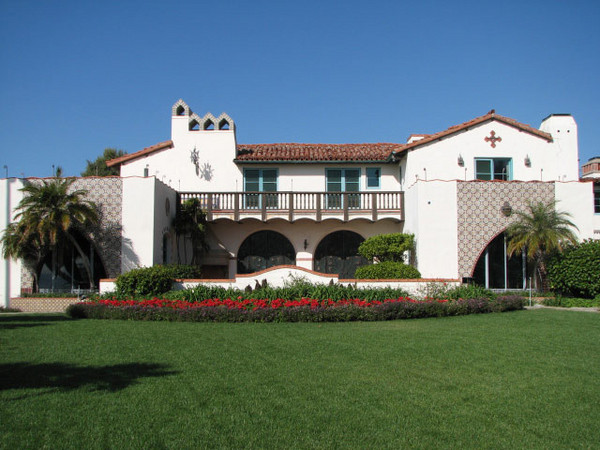The name, "Malibu," got its origins from the Chumash name, "Humaliwo," which means, "the surf sounds locally." The Chumash tribe originally settled the Malibu area as part of their land which spanned from the San Joaquin Valley, to San Luis Obispo, to Malibu, to several islands off the coast.
Malibu's "new world" origins began with Spanish explorer, Juan Cabrillo, docking in Malibu Lagoon in 1542. The Spanish did not return to the area in any large form until the early 1800's as part of the California Mission System. Malibu and its surroundings were part of the Rancho Topanga Malibu Sequit, a land grant issued to Mexican army soldier, Jose Bartolome Tapia as a result of his service in the Mexican army. Following Tapia's death in the mid 1800's, the land was sold to his grandson-in-law, Leon Victor Prudhomme. Following California's cession to the United States with the 1848 Treaty of Guadalupe Hidalgo, Prudhomme could not validate his title to the land and it was consequently sold to Irishman Matthew Keller. Following Keller's death, the land was once again sold to Los Angeles businessman Frederick Hastings Rindge in 1891. The Rindge family kept their property tightly under wraps for many years, fighting to make sure no roads or railways were built on their land. By 1929, the State of California had won the case to build a section of the Pacific Coast Highway on their property. Soon after, the property was divided and sold. The Rindge house is now a state landmark located between Malibu Lagoon State beach and the Malibu Pier, which was originally built for the family yacht. Below is the Rindge home as it stands today:
Around this time, wealthy Hollywood celebrities began building vacation homes along Malibu Beach, which at the time, was still owned by the Rindge family. Eventually, financial woes forced the Rindge family to sell the Malibu Beach property and it was then that Malibu Colony was born. Today, Malibu Colony is a very wealthy gated community that is packed with multi-million dollar homes situated on small lots located right on the oceanfront. A slice of Malibu Colony:
In 1991, Malibu was incorporated as a city, largely so that they could gain more control over the extent of public projects, such as sewer lines and public beach access. As of 2010, Malibu boasts a population of nearly 13,000 residents. An overwhelming majority (91.5%) of Malibu's residents are white. Out of nearly 5300 households, almost half of them are married couples with no children under the age of 18. In the city of Malibu, there are 6884 housing units, with an average density of 346.2 per square mile. The median income for a household in the city is about $102,000 while the median income for a family is about $123,000. These figures once again reinforce the notion that Malibu has attracted a crowd that seeks the finer things in life.



No comments:
Post a Comment